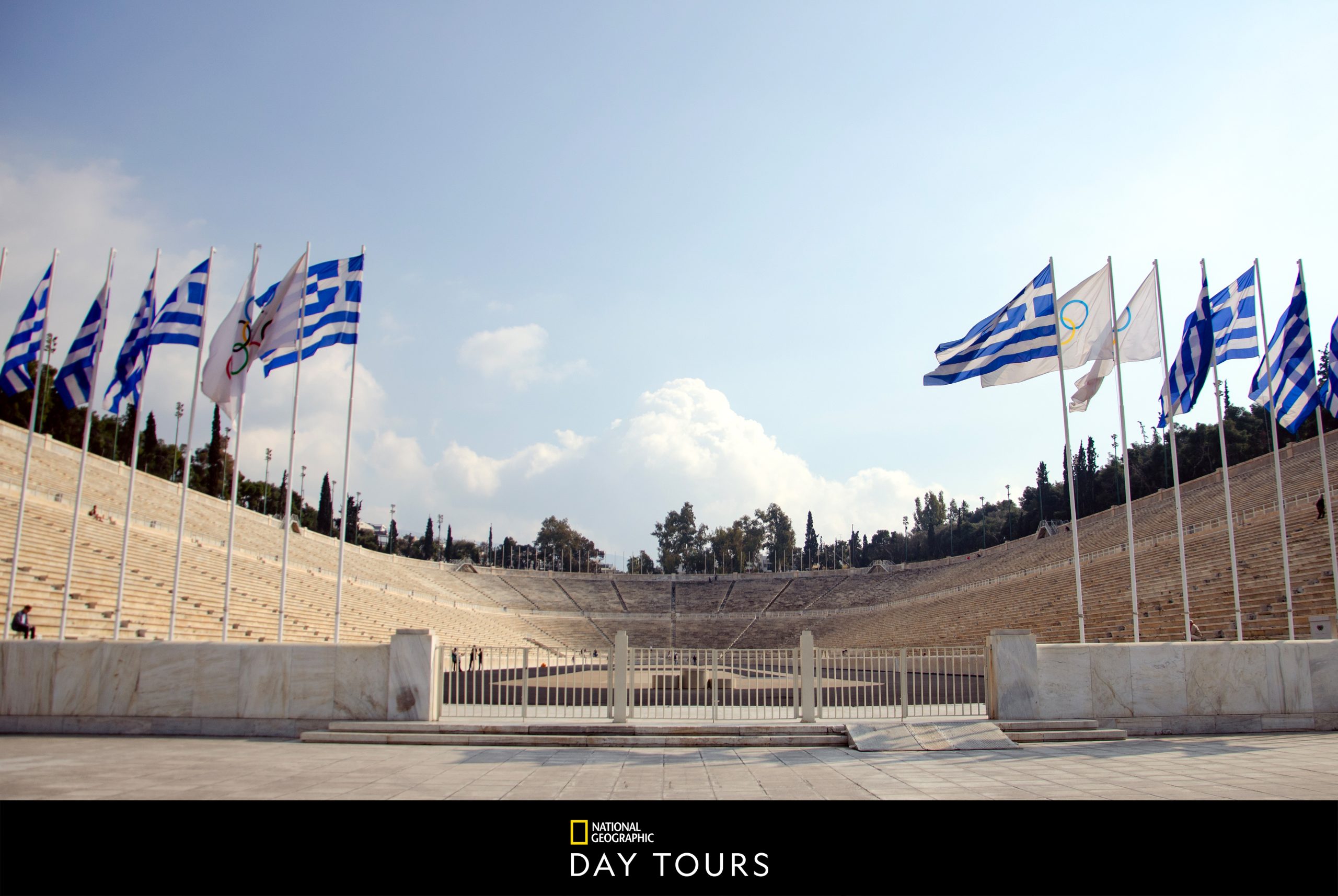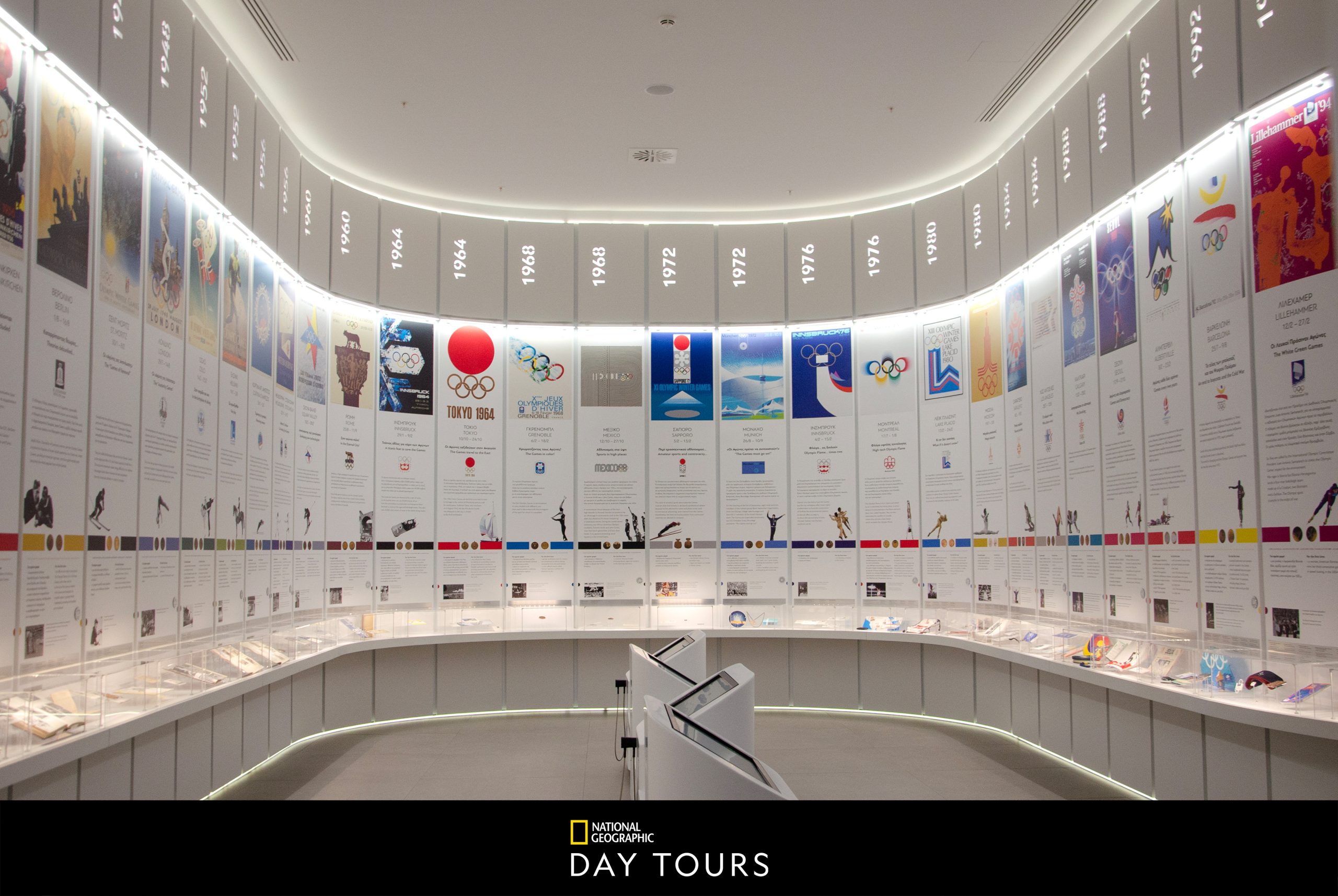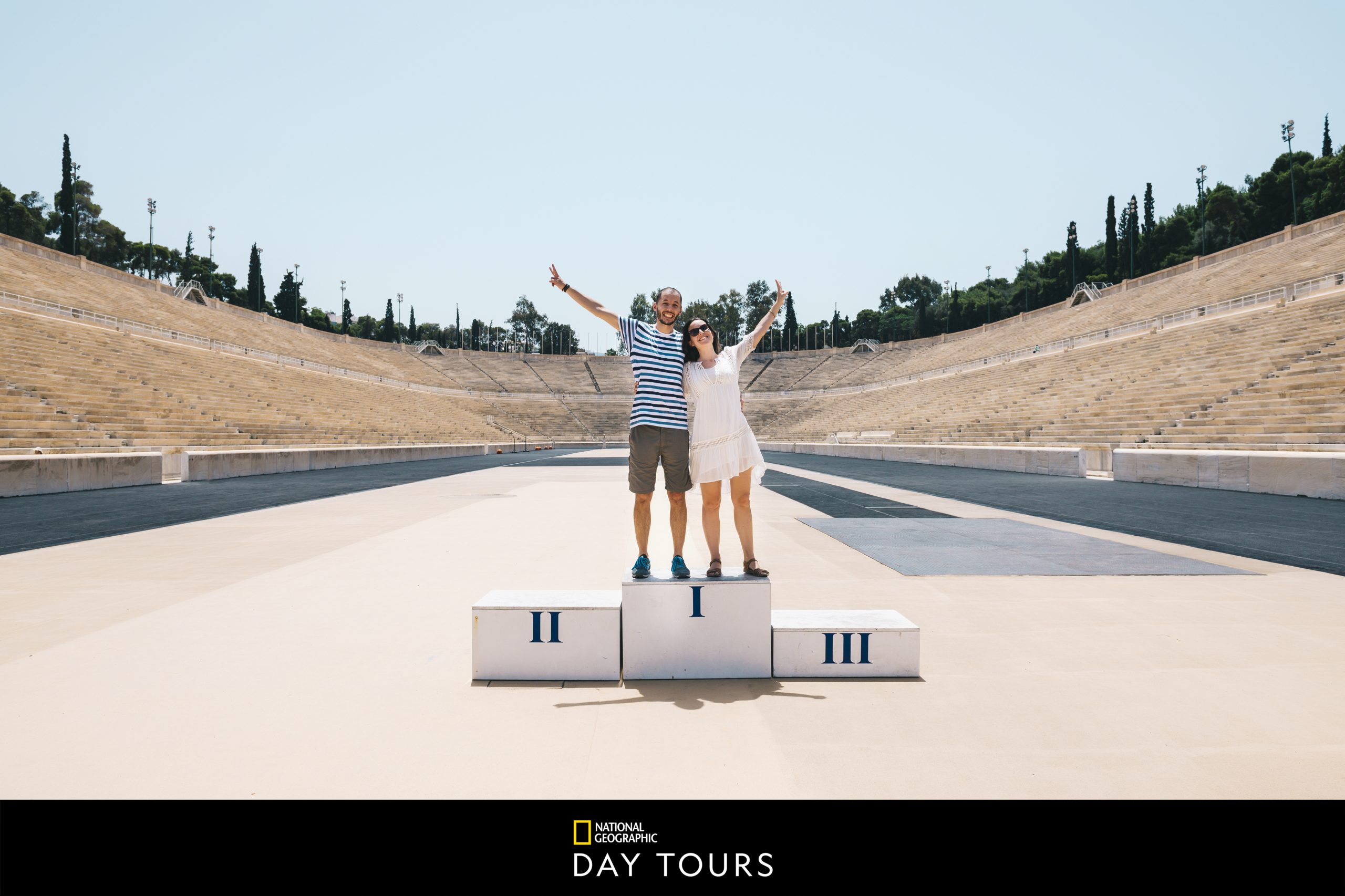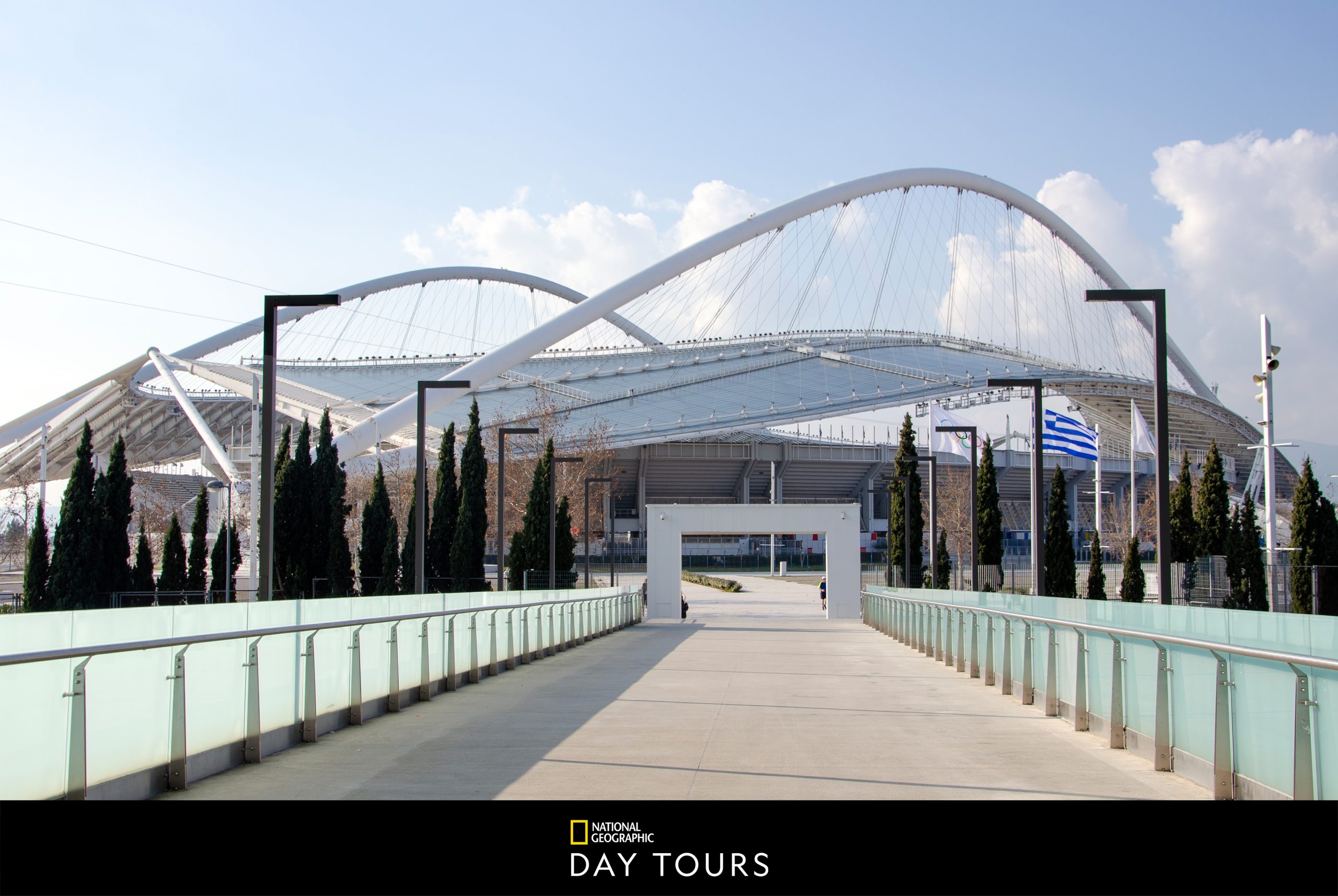The History of the Olympic Games
The History of the Olympic Games
Meet a National Geographic-trained guide and set off on a tour of the Panathenaic Stadium, a marble stadium that hosted ancient Greek athletes as well as those who competed in the 2004 Olympics. Originally built for sporting competitions and official events in the fourth century B.C., the stadium was neglected for millennia before being resurrected by a wealthy benefactor for the first modern Olympics in 1896. These games saw competitions of fencing, gymnastics, weightlifting, and more, with some 240 athletes from 12 countries competing. They also marked the world’s first marathon, conceived by a Frenchman but based on the tale of an ancient Greek courier, who is said to have run across the plains of Marathon to Athens to announce the defeat of Persian invaders.
Continue to the new Athens Olympic Museum, where a state-of-the-art exhibition traces the history of the games from their birth in ancient Olympia to their revival in 1896, to their return to Greece in 2004. Through dynamic digital and interactive displays, as well as tangible artifacts from ancient to modern times, delve into the stories of celebrated athletes and the important role of sports and the Olympics in the evolution of Athens.
Your final stop is the Athens Olympics Complex, the city’s main modern sports facility, which was given a thorough redesign by famed Spanish architect Santiago Calatrava in preparation for the 2004 Summer Olympics. Here, by special arrangement, you’ll meet with a former Olympic athlete for a tour of the site and a personal perspective on the games. As you walk along Calatrava’s soaring Wall of Nations and into arenas and halls where the world’s top gymnasts and sprinters competed, gain insight into the daily life of an Olympic athlete and what it is like to participate in the games. Take home your very own Olympic medal for participating in this experience as well as a commemorative photograph to remember it!

 Santorini
Santorini  Athens
Athens  Patmos
Patmos  Crete
Crete 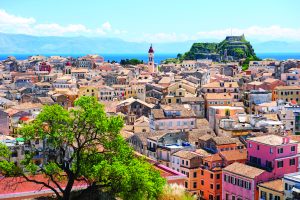 Corfu
Corfu 







 Deutschland (€)
Deutschland (€)
 Turkey (€)
Turkey (€)
